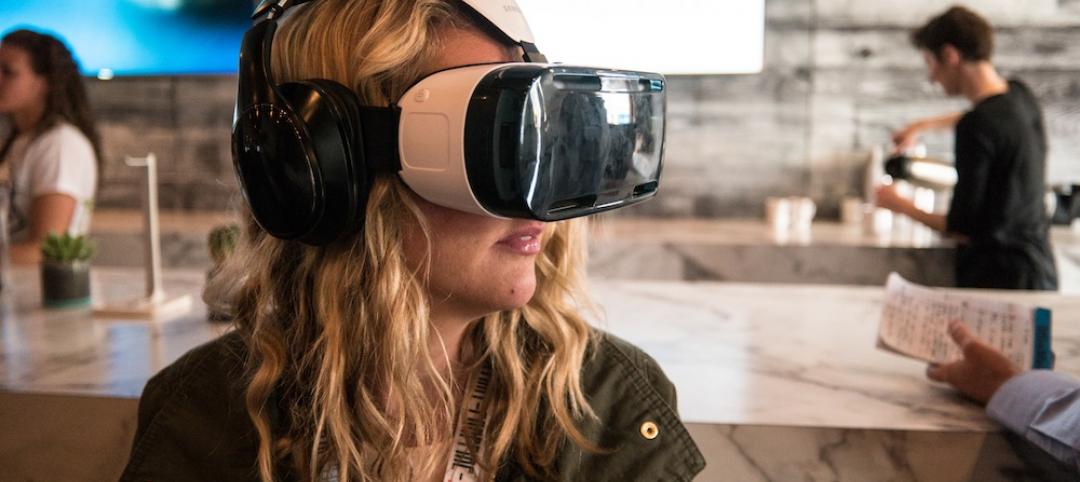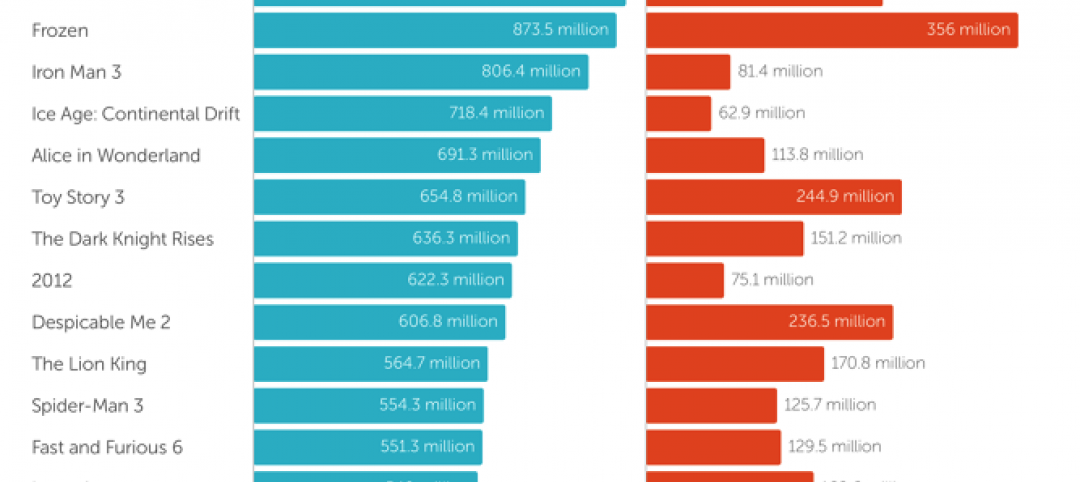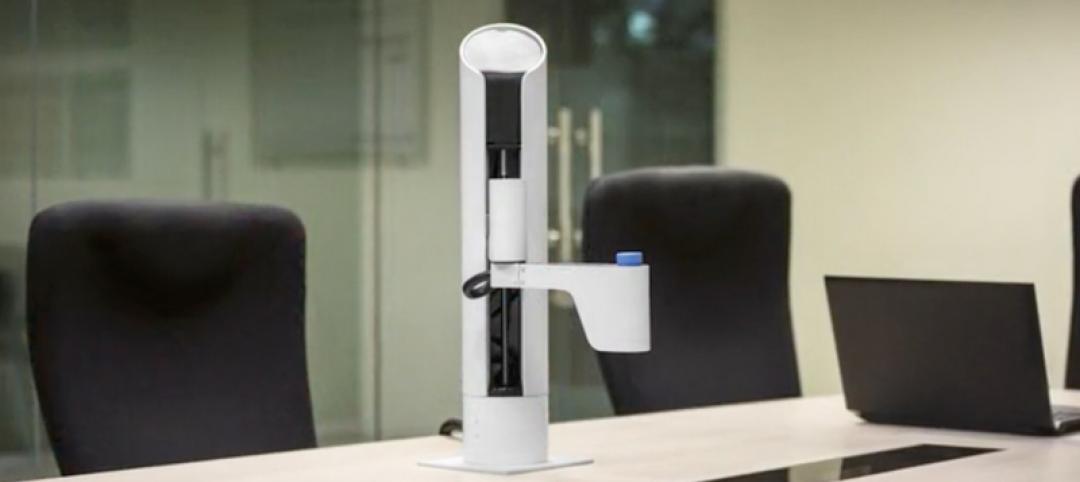If AI-driven machines can defeat the world’s greatest chess players and, even more improbable, the globe’s premier Go strategist, what chance does a college dropout have against machine learning technology? Slim to none, predicts one university research director.
Sudha Ram, a Professor of Management Information Systems and Director of the Center for Business Intelligence and Analytics with the University of Arizona, is leading a research project at UA that aims to prevent college dropouts from dropping out in the first place.
Ram’s efforts are nothing new for U.S. colleges and universities. Many schools use predictive analytics to help reduce freshman attrition rates. UA, for example, already tracks some 800 data points toward this effort. What makes Ram’s research unique are the types of data being collected and how those metrics are analyzed to more effectively identify at risk students.
The first several months of freshman year are the most harrowing for students. Colleges and universities know this. They also know that there are a number of early indicators for students who are most at risk for leaving after their first year. Most obvious are first-semester grades, financial aid activity, and students’ participation in course management systems. But even that information may come too late to make a difference. (Research suggests that most freshman make the decision to leave school within the first 12 weeks.)
Less evident but infinitely more powerful, says Ram, are social- and behavioral-related metrics such as shrinking social networks, fewer social interactions, and less-established routines.
Ram’s stockpile of student activity data comes from the university’s ID card tracking system, which collects information on everything from what students buy and eat to the buildings and spaces they frequent. Using large-scale network analysis and machine learning techniques to crunch three years worth of ID card usage data, Ram is able to piece together complex behavioral patterns for both student groups and individuals.
For example, if student A, on multiple occasions, uses her ID card at the same location and time as student B, it stands to reason there is social interaction between the two. When extrapolated over time, detailed behavioral and social patterns emerge.
By tracking changes to these patterns over time, Ram has been able to accurately predict freshmen dropouts at an 85-90% rate, up from the university’s current success rate of 73% using traditional metrics.
The findings show promise for the use of machine learning methodologies and big data analytics in the AEC industry and real estate sector. For example, a similar approach could be applied to commercial office buildings, to identify tenants that are most at-risk for not renewing their lease.
Related Stories
Modular Building | Nov 19, 2015
AECOM and Project Frog form partnership for building modular data centers
The Rapid Deployment Team will provide solutions for data centers both small (1 MW) and large (50+ MW).
BIM and Information Technology | Nov 18, 2015
AIA: Energy modeling key to reaching carbon neutrality in buildings
Energy modeling allows architects to be more ambitious with energy-saving in their design projects.
Green | Nov 17, 2015
DOE launches new data collaborative to help cities and states boost building efficiency
The SEED Standard will help manage, standardize, share performance data.
Sponsored | BIM and Information Technology | Nov 12, 2015
Is the PDF revolution advancing BIM workflows?
Many project teams who struggle to get everyone up to speed with BIM, find PDFs a useful tool to bridge the gap between the BIM world and the paper world
BIM and Information Technology | Nov 3, 2015
How virtual and augmented reality can shape architecture and design
Gensler's Alan Robles examines a few ways VR and AR could create value for architecture and design professionals.
BIM and Information Technology | Oct 29, 2015
MIT develops ‘river of 3D pixels’ to assemble objects
The Kinetic Blocks can manipulate objects into shapes without human interference.
BIM and Information Technology | Oct 27, 2015
Magic Leap's breakthrough augmented reality project continues to generate support
The company is developing the Dynamic Digitized Lightfield Signal. It projects images onto the retina, giving users an interactive 3D experience.
BIM and Information Technology | Oct 26, 2015
Tableau’s new app, Vizable, converts spreadsheets into charts and graphs
Everyday users can simplify large amounts of data and sift through it interactively.
Architects | Oct 20, 2015
Four building material innovations from the Chicago Architecture Biennial
From lightweight wooden pallets to the largest lengths of CLT-slabs that can be shipped across North America
BIM and Information Technology | Oct 19, 2015
A robotic arm can 3D print, etch, solder, and carve from a desktop
It’s not just a 3D printer. The creators say Makerarm can also etch, solder, and put icing on cake.
















